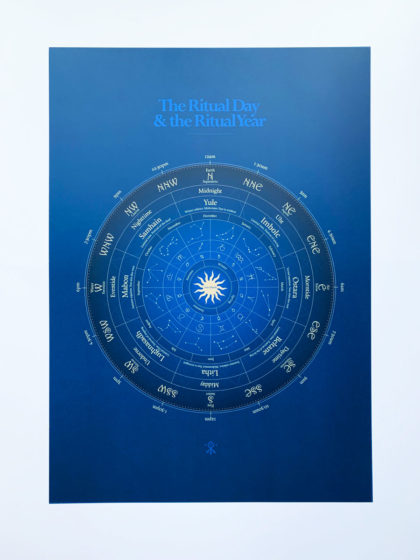From the book’s introduction:
Viking raids on the Anglo-Saxon kingdoms began in 789, followed by the infamous attack on Lindisfarne monastery. It was a taste of what was to come. For the next fifty years, raiding was sporadic but increasingly commonplace, especially in southern England. By 865 the situation became far more serious when the so-called ‘Great Heathen Army’ drew its ships onto East Anglian shores. This assemblage of war-bands seemingly had a new and different agenda: not simply to raid, but to conquer. Despite meeting stiff resistance and possibly superior numbers, the Great Army swept into Northumbria and Mercia before returning to the kingdom of East Anglia in November 869. On the 20th day of that year, after a bitter and hard-fought conflict, two men – enemies – met face to face. Both would become almost legendary figures in the decades and centuries to come. At the head of what remained of the Anglian army was King Edmund. Aged just 29, he was the last of a royal dynasty – the Wuffingas – whose lineage included King Rædwald; Rædwald was likely the nobleman interred in a great burial mound on a promontory overlooking the River Deben; today, we know this better as the ship burial discovered within Mound 1 at Sutton Hoo.
The Wuffinga scion Edmund was vanquished, his army defeated. Captured and bound by the triumphant Danes, they brought him before the man who nominally led the Great Army. That man was Ivar Ragnarsson, known as ‘The Boneless’, a son of Ragnar Lothbrok and the völva Aslaug Sigurdsdottir (he is referred to as ‘Hinguar’ in Anglo-Saxon texts.) An old man in 869, the sagas describe him as handsome and tall, but also weakened by some kind of deformity; he was also cunning and cruel. Ivar commanded that Edmund be tied to a tree and scourged, shot with arrows and speared with javelins until he was covered with missiles ‘like the bristles of a hedgehog.’ He was then decapitated, his head thrown into a bramble bush and his body left where it lay. Later, Edmund’s head and body were gathered together by his followers and miraculously made whole. The corpse was kept in a small wooden church close to his death-place, where it remained incorrupt and became a source of miracles. A grassroots cult grew around the martyred king and he was venerated by both the incoming Danes and native Anglo-Saxons.
Scholars tentatively agree that Edmund’s death bears the hallmarks of a ritual killing, but this gives rise to two important questions. Firstly, what is the significance of the manner of Edmund’s death? Why was he subjected to an apparent ritual king-slaying? Secondly, why did he become venerated by the very Danes who killed him? This book provides compelling new answers to both, which lie in an understanding of the complex heathen Scandinavian worldview. Viewed through the sorcerous prism of the Viking mind, a motive for Edmund’s slaughter becomes clear, and that motive simultaneously answers two further questions related to Ivar: what was the nature of his deformity and why was he known as ‘Hinguar’ amongst the English?
The quest for answers encompasses a wide range of topics: from the little-understood Norse magical art of seiðr and its deviant male practitioners, to the fertility god Yngvi-freyr and the timing of his blót, or seasonal sacrifice; from heathenism in the Danelaw and Edmund’s early cult to ideas of northern so-called ‘sacral kingship.’
Although Ivar triumphed in life, Edmund was ultimately the victor in death. His status as an incorrupt martyr-king set him above other saints; he was one of the first English saints to be venerated across Europe, as far north as Iceland. Edmund became further elevated to patron saint of England; protector of his own kingdom and the wider realm – something Ivar perhaps desired for himself but never achieved. And in a final twist of fate, the vengeful king-in-death inflicted a surprising defeat upon the Viking folk who originally architected his murder.
The vicissitudes of history have now rehabilitated Ivar in popular culture, and Edmund has been rediscovered as a viable alternative English patron to the aristocratic St George. This book provides a completely new assessment of the dynamics at play between Ivar and Edmund, two pivotal figures at the heart of both the turbulent Viking era and the evolution of the English nation. The time is right for a thorough reassessment of their stories.




